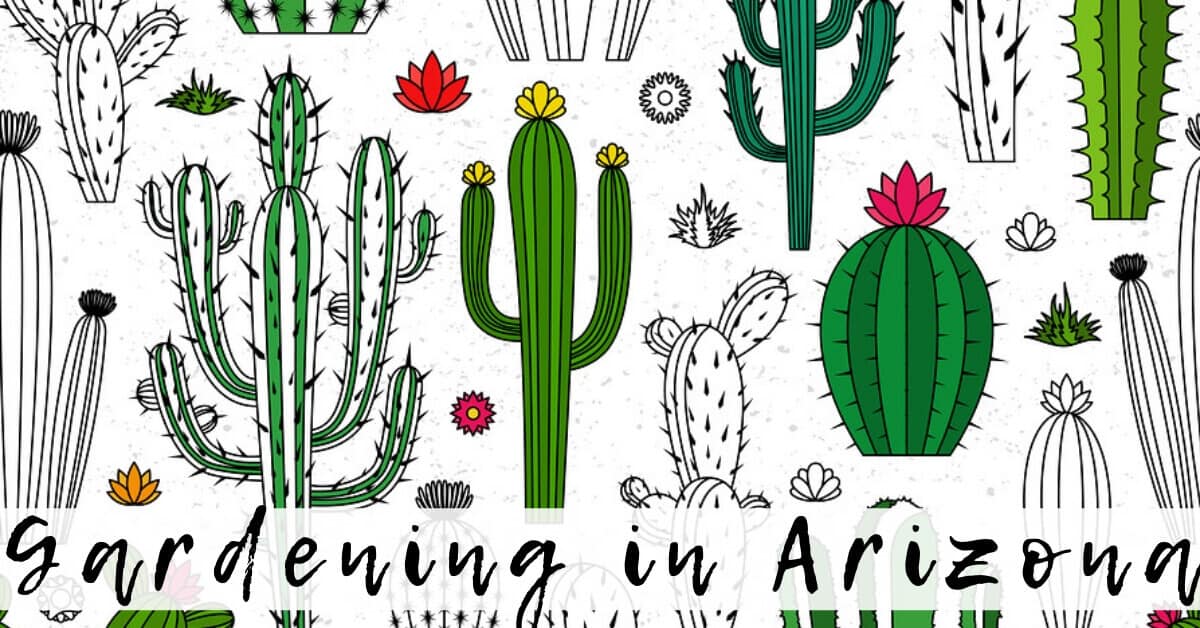- Finding the Right Indoor Plants for Desert Your Home - April 28, 2023
- Common Misunderstanding About Sun Exposure - April 18, 2023
- All about the Arizona Monsoon Season - May 21, 2021
With spring in Arizona, the desert comes to life, which makes it a great time to get out and garden. During the Spring, the days are getting warmer, but the full heat of summer sun is still in the future. Planting in your garden now is a good way to create some cooling shade in the months to come.
Desert gardening can’t be easily compared to growing things in other climates. Desert ecology alters everything from the constitution of your soil to planting schedule. If you’re just getting started on your desert garden, here are a few tips to help you along.
Plant Trees
A balanced desert garden truly starts to thrive after you have established trees and large shrubs in it. Trees and shrubs help shade other more vulnerable plants and can be an abundant source of food depending on the variety you choose. Pomegranates, for example, grow on a lush large shrub with attractive flowers. Drought tolerant trees like olives, jujubes and pistachios can bear fruit for years once they’ve been established.
Making the foundation of your garden plan begin with trees helps create important shade for humans and animals. Trees like mesquites work as nitrogen fixers for the soil and can contribute nutrients that other plants need to thrive.
Develop the Soil
A major problem with arid desert soil is that it lacks much organic material, consisting mostly of minerals, sand and clay. For many desert regions, organic matter is dried up in our arid air and blown away, leaving the soil faster than it can be replenished. You can help your garden thrive when you make developing your garden’s soil a priority.
Home composting is a great way to give some organic nutrients back to the earth. While vermicomposting (composting with worms) is easy to do in an indoor bin, Arizona heats up too much for most worms to live in an outdoor compost system. Fortunately, our summer heat can make food scraps break down even quicker, especially if they are kept moist.
Add compost to the soil around your garden at least once a year to replenish the soil. You can also try techniques like “lasagna composting” where layers of different organic materials are stacked on top of each other to break down quickly into fertile dirt.
Try Native Varieties
Not every plant will take to our climate, and many things grow here at drastically different times than when they develop elsewhere. My neighbor, for example, starts his onions in October for best success. Adapting common garden plants from other climates will take some trial and error.
For more time-tested options, try filling your garden with native plants. Native plants have the advantage of being low water users and thoroughly adept at managing the extremes of a desert climate. They also offer a distinct and unusual beauty.
Desert plants have some other attractive features. Fast-growing paddle cacti can help develop a charming cactus garden and can bear prickly pear fruit in the summer. Plants like creosote and desert ambrosia fill the air with alluring smells, especially before and after rainfall. Plants like chia, jojoba and desert ephedra all have uses as helpful herbs.
Harvest Water
Along with organic material, desert soil also has a difficult time holding onto moisture, so anything you can do to encourage water to stay with your plants will help them thrive. Consider installing a simple system for collecting rainwater from your roof into rain barrels. The excess water collected during a good rain can often water your space for weeks afterward.
Consider planting arrangements that facilitate water storage. Wicking beds are designed to water the roots of plants from below. Gardening ollas fill a similar purpose. Ollas are low-fired clay vessels that are just porous enough that they slowly “weep” water when filled. The ollas are buried below the soil with just their top neck above ground and when the olla is filled it slowly waters the plants planted all around it, using a fraction of the water of traditional irrigation.
CC Sunscreens
A garden can really make your house a home and so can the lasting comfort of CC Sunscreens. CC Sunscreens are custom sunscreens designed to lower your energy costs and protect your home from heat and excess light. Summer’s just around the corner, so the time to act is now – contact CC Sunscreens today to see what we can do for your home.

